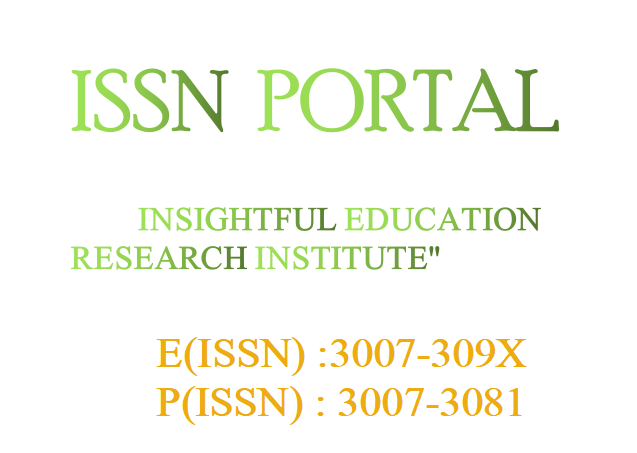DIAGNOSTIC ACCURACY OF DIFFUSION-WEIGHTED MRI FOR DIAGNOSING RING-ENHANCING BRAIN LESIONS USING HISTOPATHOLOGY AS THE GOLD STANDARD
DOI:
https://doi.org/10.62019/n5mk3w92Keywords:
Ring-enhancing lesion, brain abscess, neoplasm, diffusion- weighted MRI, diagnostic accuracy, histopathology, neuroimagingAbstract
Introduction: Ring-enhancing brain lesions are commonly encountered on MRI and can be caused by both infectious (abscesses) and neoplastic processes. Distinguishing between these etiologies is critical for timely management. Diffusion- weighted MRI has been proposed as a useful imaging technique to improve diagnostic accuracy by identifying diffusion restriction typically seen in abscesses.
Objective: This study aimed to assess the effectiveness of diffusion- weighted magnetic resonance imaging (DW-MRI) in distinguishing brain abscesses from neoplastic lesions in patients presenting with ring-enhancing brain abnormalities, using histopathological findings as the definitive reference.
Methods: This cross-sectional study was conducted at the Department of Diagnostic Radiology, Alnoor Diagnostic Center, Lahore. A total of 65 patients between 18 and 60 years of age with ring- enhancing lesions detected on standard MRI were included in this cross-sectional analysis. All underwent DW-MRI on a 1.5 Tesla system. Lesions demonstrating restricted diffusion were suggestive of abscesses, while those without such findings were presumed neoplastic. Final diagnoses were confirmed through histopathological examination. The study calculated sensitivity, specificity, positive predictive value, negative predictive value
and diagnostic accuracy.
Results: DW-MRI correctly diagnosed 25 abscesses (true positives) and accurately excluded 28 neoplastic cases (true negatives). There were 5 false positive and 7 false negative interpretations. Sensitivity stood at 78.1%, specificity at 84.8%, PPV at 83.3%, NPV at 80.0%, with an overall diagnostic accuracy of 81.5%. Stratified analysis revealed marginally better performance in male patients (accuracy 83.3%) and in the younger age cohort (accuracy 81.5%).
Conclusion: DW-MRI demonstrated good diagnostic accuracy in distinguishing abscesses from neoplasms in ring-enhancing brain lesions, supporting its role as a valuable adjunct to conventional imaging before invasive biopsy.
Downloads
Downloads
Published
Versions
- 2025-06-28 (2)
- 2025-08-04 (1)







